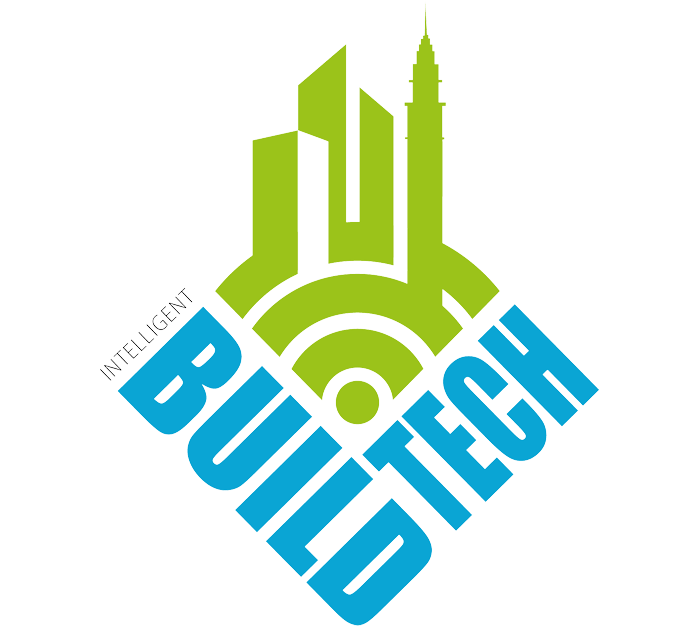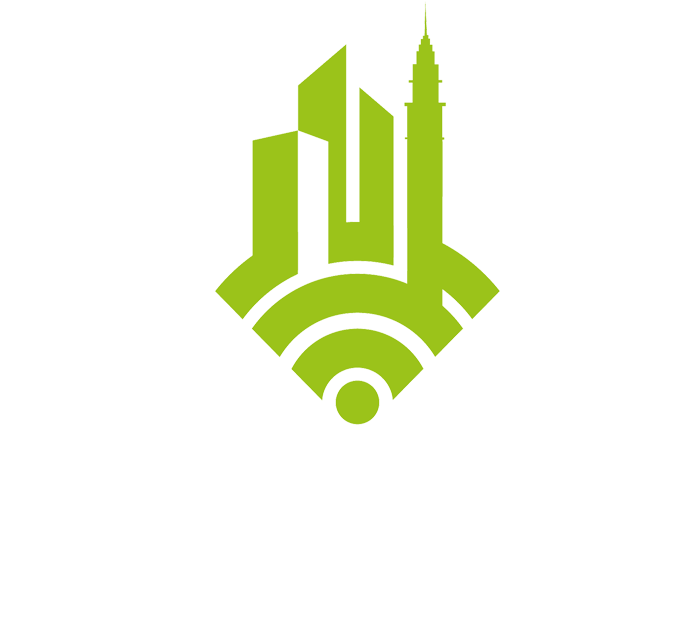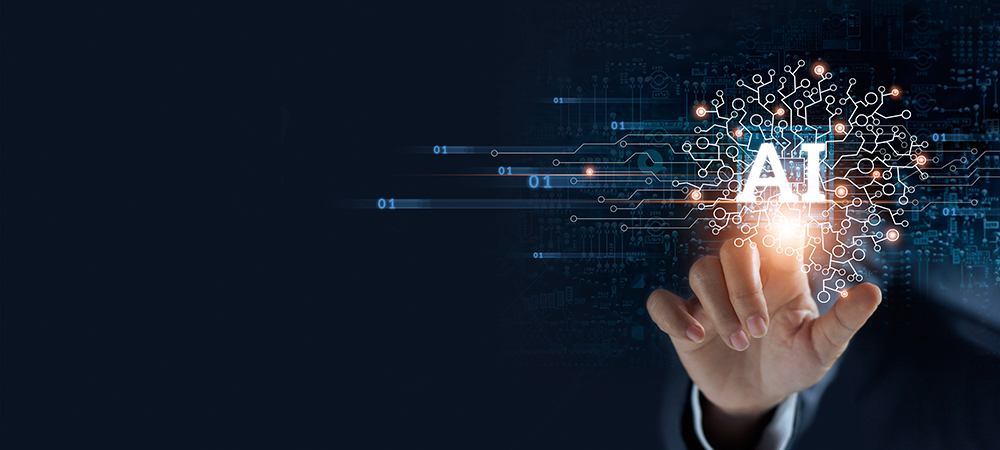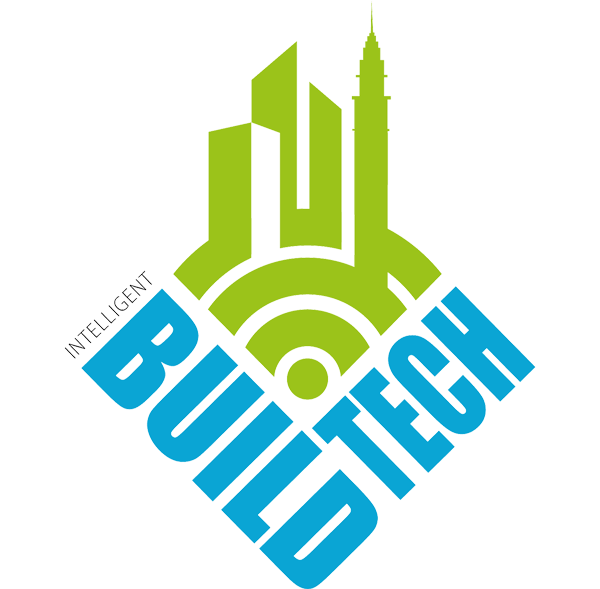Is AI making us lazy in the AEC/C sector? In this month’s Editor’s Question, I explore the effects of AI on productivity and creativity in architecture, engineering, construction and consulting. I ask three industry experts about its impact on both consumers and businesses, shedding light on the evolving landscape.
Phil Alves, Founder and CEO at DevSquad

For me, the question isn’t whether AI is making us lazy—it’s whether it’s pushing us to rethink what ‘work’ actually means in the AEC/C sector.
AI has undoubtedly automated some of the heavy lifting—think about automated design generation, predictive maintenance in construction, or even AI-driven project management. But I don’t see this as fostering laziness; I see it as freeing up mental bandwidth. In a sector where precision is everything, AI allows us to shift from the repetitive to the remarkable.
Here’s the challenge, though: the danger with AI is not complacency but over-trust. It’s tempting to let AI handle intricate calculations or predictive models and forget that the data driving those insights is only as good as the assumptions behind it. For example, when using AI to optimise material usage in construction, a lack of critical engagement with the AI’s output could lead to costly mistakes, like underestimating supply needs or overlooking environmental factors. It’s not about AI making us lazy; it’s about keeping our hands on the steering wheel while letting AI refine the map.
In the AEC/C world, AI’s real value lies in the collaboration between human intuition and machine precision. Think of an architect working with generative design—AI can offer thousands of design permutations, but it’s still the human who identifies the most inspiring solution, who shapes that raw data into a vision. That blend of creativity and computation means AI can help us explore the limits of what’s possible, rather than merely sticking to what’s efficient.
For consumers, the impact is just as nuanced. Yes, AI in smart buildings means greater convenience—rooms that adjust temperature or lighting based on your presence—but it also means elevating our expectations of how spaces should work for us. When buildings become more responsive, consumers demand more. They don’t settle for cookie-cutter solutions; they want environments that adapt, grow and change with them. It’s not about laziness; it’s about raising the standard.
In my view, AI in the AEC/C sector has the power to enhance our human potential rather than diminish it, if we remain vigilant co-pilots. It’s a tool that pushes us to ask better questions, make sharper decisions, and envision bolder possibilities. And when used that way, laziness doesn’t stand a chance.
Cache Merrill, Founder at Zibtek

Is AI making us lazy?
No, AI doesn’t make us lazier. It makes us more intelligent, particularly in advanced areas such as AEC/C. Although it is understandable in a way, most people share a fear that with the introduction of automation and Artificial Intelligence, there will be a decline in people’s will to seek solutions and think creatively, the contrary is the case for specialists in this area. They are no longer burdened, say, with routine tasks such as drafting and analysis and project management, for which different types of AI tools can be employed and hence there is more room for the brain to think strategically about a larger picture.
Impact on consumers
AI helps to provide more comfortable and effective services for consumers. These can range from the intelligent design tools that allow customers to choose the construction solutions provided by the contractor to the intelligent devices installed in the constructors’ apartments allowing them to remain energy-efficient. Regardless of how convenient this may look since it doesn’t require the user’s expert hands, all the users are more engaged, not less as AI would assist them in making the right decisions and not the contrary.
Impact on businesses
In the case of businesses, this is simply about becoming more productive and not cheaper than before. In the realm of AEC/C, generative design and predictive analytics reduce errors and maximises availability of resources, all using AI enabled systems. This doesn’t mean that one becomes lazy, not at all, this enables people to handle more work at the same time, improve safety levels, and speed up the rate of development and new ideas.
Lethabo Lubisi, Corporate Affairs Director at EQPlus

Every time labour-saving technologies are introduced questions are raised about whether these negatively impact human motivation and productivity. The integration of AI into our daily work tasks has seen many people raise the question of whether this technology is making us lazy. While some argue that AI enhances productivity and efficiency, others say it reduces our ability to think critically and engage in other mentally demanding tasks.
There is little need to argue the fact that AI has transformed the workplace. Automating repetitive tasks and freeing up employees to concentrate more on strategic activities have become part and parcel of the modern business environment. AI can process a significant amount of data quickly to transform analytics, customer service (thanks to the growing adoption of self-service bots), and supply chain management (by optimising processes).
However, the efficiency brought by AI raises concerns about potential laziness or complacency among workers. Even more significantly, the way AI systems collect and use data for making predictions and understanding patterns can introduce biases and discrimination. According to a recent study, AI has many complex pre-existing impacts regarding human rights because it is not installed or implemented against a blank slate but as a backdrop of societal conditions. Furthermore, another study argues that AI will slowly starve the human brain of thoughtfulness and mental efforts as it gets deep into each activity, like planning and organising. High-level reliance on AI may degrade professional skills and generate stress when physical or brain measures are needed.
Managing technology
To mitigate against these risks, decision-makers need to find a balance between using AI while still ensuring employees are actively engaged with their work. One of the ways this can be done is through continuous training initiatives. These programmes can focus on a combination of unlocking the potential of AI as well as enhancing traditional skills.
AI should not be seen as an either-or scenario. Companies can integrate the technology to provide employees with the means to do their jobs more efficiently. For instance, AI can handle data collection and initial analysis. However, people should interpret the results and make strategic decisions. The technology must never be left to its own devices to make critical changes. Human oversight will remain an essential part of the use of AI in a business.
AI as a resource
Of course, there is no arguing about the potential of AI in the workplace. However, companies must be cautious in not over-relying on the technology. For example, instead of just accepting AI recommendations, employees can use them as a starting point and apply their own critical thinking to it.
Decision-makers should also advise employees to challenge themselves with new tasks. While AI automates some of the time-intensive tasks, workers can capitalise by upskilling and reskilling themselves. They can also set aside time in their diaries to focus on strategic thinking tasks that they would not ordinarily have gotten around to doing without AI.
So, despite the risk of AI making some people lazy, the opportunities that the technology will unlock are too good to ignore. AI will become an indispensable part of the way we work. However, we must remember that AI is just a tool and not a replacement.
Chris Dukich, Founder and CEO at Display NOW
There’s a perception that AI could make us lazy, but in my experience as the owner of Display Now, a SaaS platform focused on visual marketing, AI doesn’t promote laziness; it enhances efficiency and creativity, especially in the AEC/C sector. In fact, the construction and architectural industries are prime examples of how AI streamlines complex processes, freeing up human capital to focus on higher-level tasks.
For instance, AI tools such as Building Information Modelling (BIM) enhance the abilities of architects and engineering design in assessing different design solutions, making forecasts of the course of activities, and even improving the use of materials—and all these help in avoiding lengthy manual labour. This lets specialists devote themselves to creativity and problem-solving, instead of being occupied with monotonous and exhaustingly repetitive tasks like computing. It is not laziness, but the use of leverage that is at play.
Apart from that, AI is also helpful in increasing the efficiency of companies’ operations throughout the entire business processes from supply chain management to labour and energy optimisation while on the sites. The information that is actionable is what AI offers its users as it helps them in rational thinking and in trying to stave off problems. It brings about more flexible and intelligent workplaces.
On the consumer side, AI assists in the elimination of barriers to the provision of information and therefore, it would seem, eliminating effort. It does quite the opposite of it – it makes decision making safer. From having interactive panels that assist home seekers in selecting which features and designs they wish to the software that responds to fundamental requests, AI is improving rather than eliminating users’ interaction.
As with any other weapon, what the advantages and/or disadvantages of AI are only happens based on how people utilise it. There will be stagnation if it is held to substitute the creative minds of individuals. However, if we treat it as a means of enhancing our capabilities, then new creativity, accuracy and development possibilities will emerge.
Harshit Arora, Software Engineer 2, Michaels
AI’s role in the Architecture, Engineering and Construction (AEC) sectors has created a debate over whether it’s making professionals lazy or optimising how they work. While AI automates and schedules many tasks, the notion that it leads to laziness overshadows its impact. In fact, AI is reforming workflows, allowing professionals to focus on more complex, high-value work, while automating repetitive or time-consuming tasks.
AI’s strength lies in its ability to process large amounts of data and automate routine tasks, such as optimising designs, generating reports or scheduling. For instance, architects can use AI to explore a vast array of design options quickly, and engineers can leverage it for real-time analysis. This frees up time to focus on creative and strategic decision-making. In this sense, AI is increasing efficiency, not reducing the need for human input. The automation of these tasks does not mean less effort overall; it simply shifts the focus from mundane activities to higher-level problem-solving.
With AI taking over routine tasks, professionals in the AEC sectors are required to shift their skill sets. Rather than focusing on manual calculations or designs, they need to become adept at using AI tools, interpreting AI-driven insights and ensuring the quality of AI-generated work. If workers fail to embrace these new skills, this could be perceived as laziness, but it’s more a matter of adaptation. The reality is that AI requires continuous engagement to realise its full potential.
There is a risk, however, that over-reliance on AI could lead to a decline in critical thinking and decision-making skills. Professionals might trust AI-generated models or predictions without fully understanding them, leading to a passive approach. This cognitive offloading could be viewed as a form of laziness, where human oversight diminishes, potentially compromising the quality of work. The challenge is ensuring that AI is used as a tool to augment human intelligence, not replace it.
AI in the AEC sectors is not making professionals lazy; it’s changing how they work. By automating repetitive tasks, AI allows workers to focus on more important aspects of their jobs. The real danger lies in over-reliance on AI without maintaining critical thinking and ongoing learning. Used correctly, AI empowers professionals rather than substituting their expertise.
